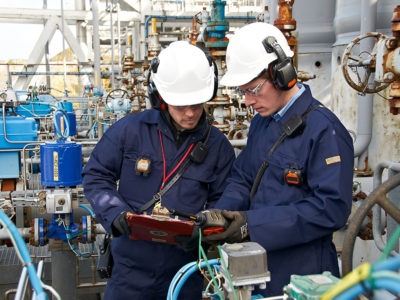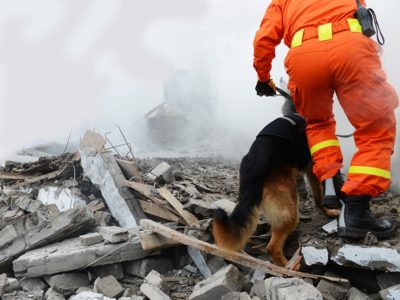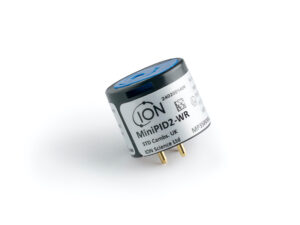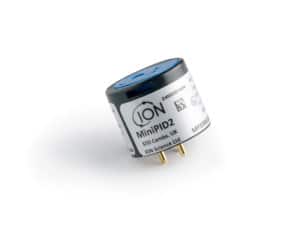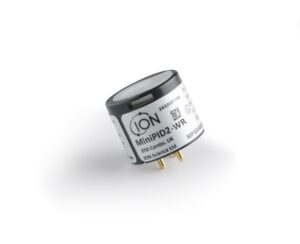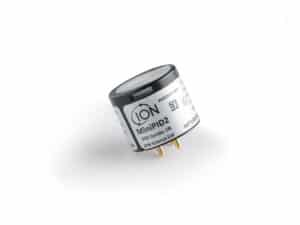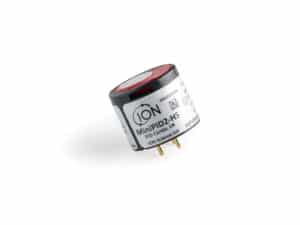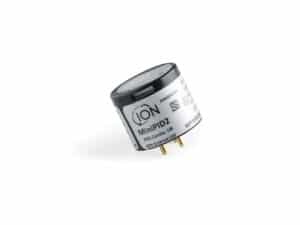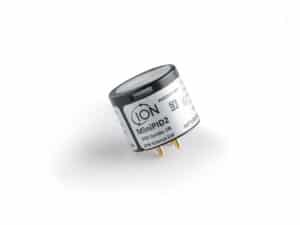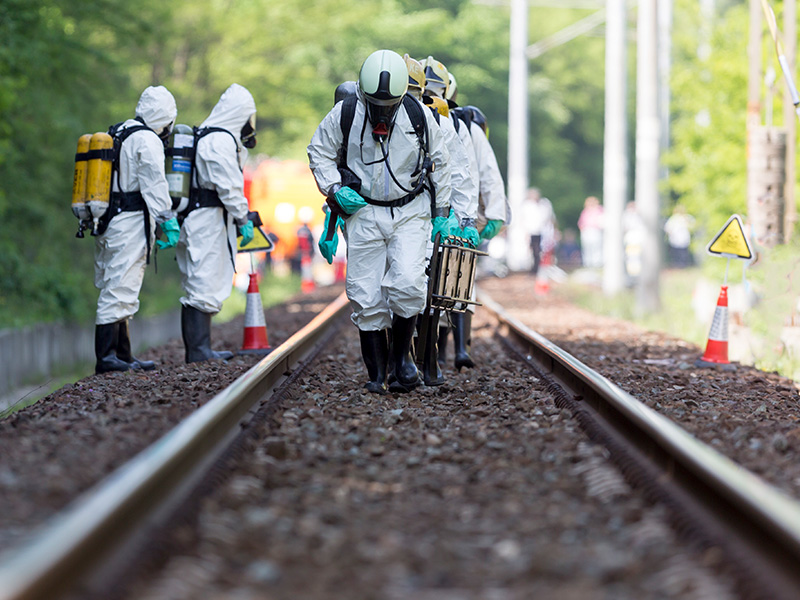
Movement of chemical waste
Hazardous Material Spills pose a serious risk if not responded to correctly
The potential dangers posed by the movement of chemicals is well regulated when being moved between facilities whether that be internationally or domestically. Companies where chemicals are used and are being moved around the site, be that between storage, production and dispatch areas, or even between laboratory test areas need to provide adequate resources for workers to complete their task without loss of contamination; and provide solutions specific to the risks associated with the type of work to contain any spills and provide the correct remediation procedure.
HAZMAT Spill Response
Hazardous Material spills including biological, chemical and radiological materials pose a serious risk if not promptly and properly responded to by the individuals who initially identify the spill and the appropriate emergency response team.
Many Hazardous Materials incidents involve volatile organic compounds (VOCs), a vast chemical family that is primarily made up of hydrocarbons such as gasoline, alcohols, methane, acetone as well as the BTEX family which include benzene, toluene, ethylbenzene and xylene. Typically, VOCs have a high vapour pressure at ambient temperatures, meaning the liquid gives off vapour that can be readily detected.
Hazardous Material Spill Response Procedures
The general Hazardous Material spill response procedures include;
- Rescue: Evacuate the spill area. Provide assistance including the use of safety showers and eyewashes. Seek emergency medical assistance once properly decontaminated.
- Confine: Confine the spill area by cutting off access to the spill area. Isolate contaminated persons and do not allow them to leave or spread the contamination. Cover drains to prevent spills from entering the environment.
- Report: Immediately report the
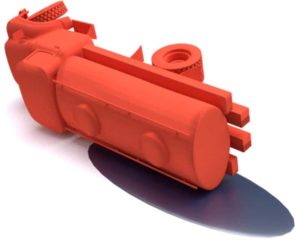 spill to the appropriate emergency response office. Provide information on injured staff, type of hazardous material spilled, estimated quantity, and location.
spill to the appropriate emergency response office. Provide information on injured staff, type of hazardous material spilled, estimated quantity, and location. - Secure: Secure the area until emergency response personnel arrive to ensure no one enters the spill area.
- Cleanup: Cleanup must only be conducted by qualified personnel with the appropriate training, protective equipment and cleanup materials.
Can PID Help In A Hazmat Incident?
During contamination, decontamination and remediation, PID sensors can quickly monitor, acquire and log measurements to provide vital information on clean up procedures and later on in post- incident analysis, allowing First Responders to learn from each incident.
The ability of PID to supply accurate measurements in a wide range of diverse situations make it a very powerful tool for First Responders in a Hazardous Materials emergency
Download our FREE Guide
“HAZMAT Spill Response”
The HAZMAT spill response guide which can be downloaded below provides the reader with an in-depth balance of knowledge of the procedures and the power of PID in the event of a hazardous material cleanup. When a Hazardous Materials (HAZMAT) response team arrives at the scene of any incident or accident involving hazardous materials there are many unknown factors which initially need to be identified, so it is critical that First Responders tackle each incident in an accurate and systematic way.

Related Guides
Gas Detection Equipment For The Detection Of Gases During Hazmat Response Cleanup
Download your FREE Guide
Simply complete the form below to obtain your FREE Guide on “HAZMAT Spill Response”.
